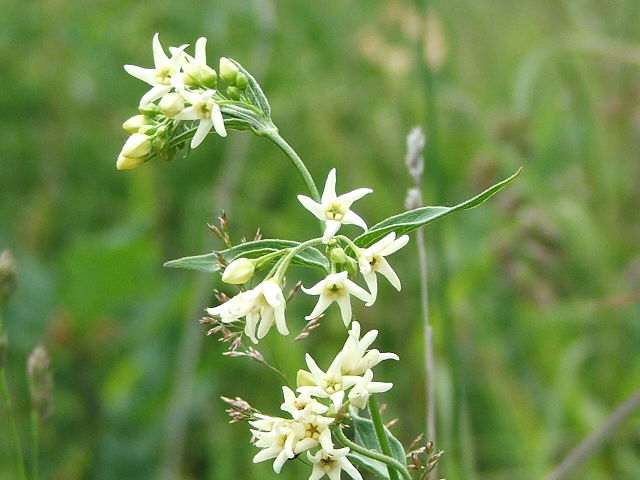Also Known As:
-
Swallow Wort
-
Wind Root
-
Pleurisy Root
-
Butterfly Root
-
Tuber Root
Family: Apocynaceae
Where It Grows:
This plant is native to the Himalayan mountains (from Pakistan to Tibet), as well as Western Asia, Europe, and the U.S.A. It usually grows at heights of 2300 to 3600 meters.
Parts Used:
-
Root
Description:
Swallow Wort is a small plant that grows 15-25 cm tall.
-
It has broad, pointed leaves growing opposite each other.
-
Small yellowish-green flowers appear in groups where the leaves join the stem and at the tips of the branches.
-
The flowers are tiny, about 5mm wide.
-
Its fruits are long, thin, and tube-shaped (4-6 cm long), becoming narrower at the tip.
-
This plant is poisonous to animals, so they avoid eating it.
Flowering Season: May to July
Medicinal Uses:
Traditionally used for:
-
Digestive problems
-
Kidney issues
-
Painful periods
-
Snake bites
-
Swelling, fluid retention, and bruises
Very helpful in:
-
Viral infections like flu
-
High fever with tiredness and headaches
-
Sore throat with swollen tonsils
-
Dry cough leading to chest pain
Common symptoms it relieves:
-
Heavy, pressing headaches, especially at the top or front of the head, often with dizziness and sensitivity to light.
-
Neck stiffness and pain
-
Body aches
-
Blocked nose with runny discharge
-
Tiredness and chills, followed by fever
People often feel better lying down, as it eases the headache.
Special Note:
Because of its powerful effects, Count Cesare Mattei (an Italian medical pioneer) included this plant in his special group of natural remedies used for treating serious illnesses like cancer.
Important:
Though it has many traditional uses, this plant is poisonous and should only be used carefully under expert supervision.
Speech Disorder
A speech disorder, also known as a speech impairment...
ADHD
Attention-deficit / hyperactivity disorder (ADHD) is a...
Cerebral Palsy(CP)
Cerebral palsy (CP) is a group of neurological disorders...
Cancer
Cancer is a broad term for diseases where cells...




